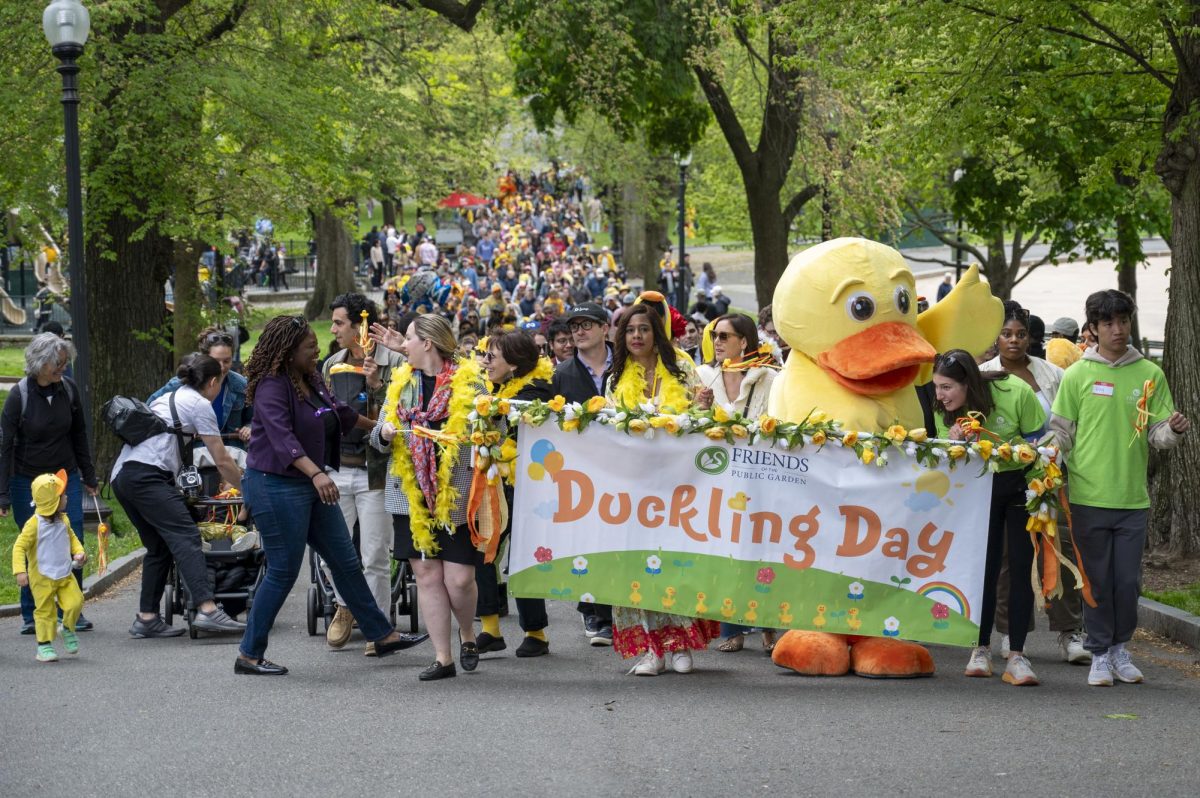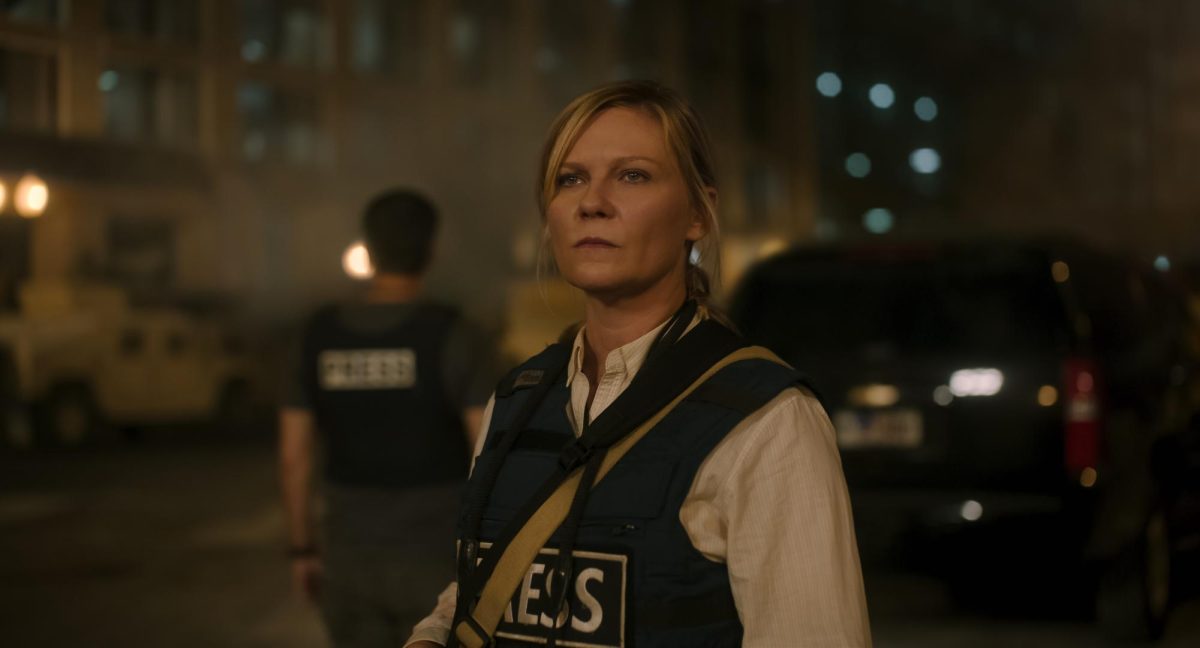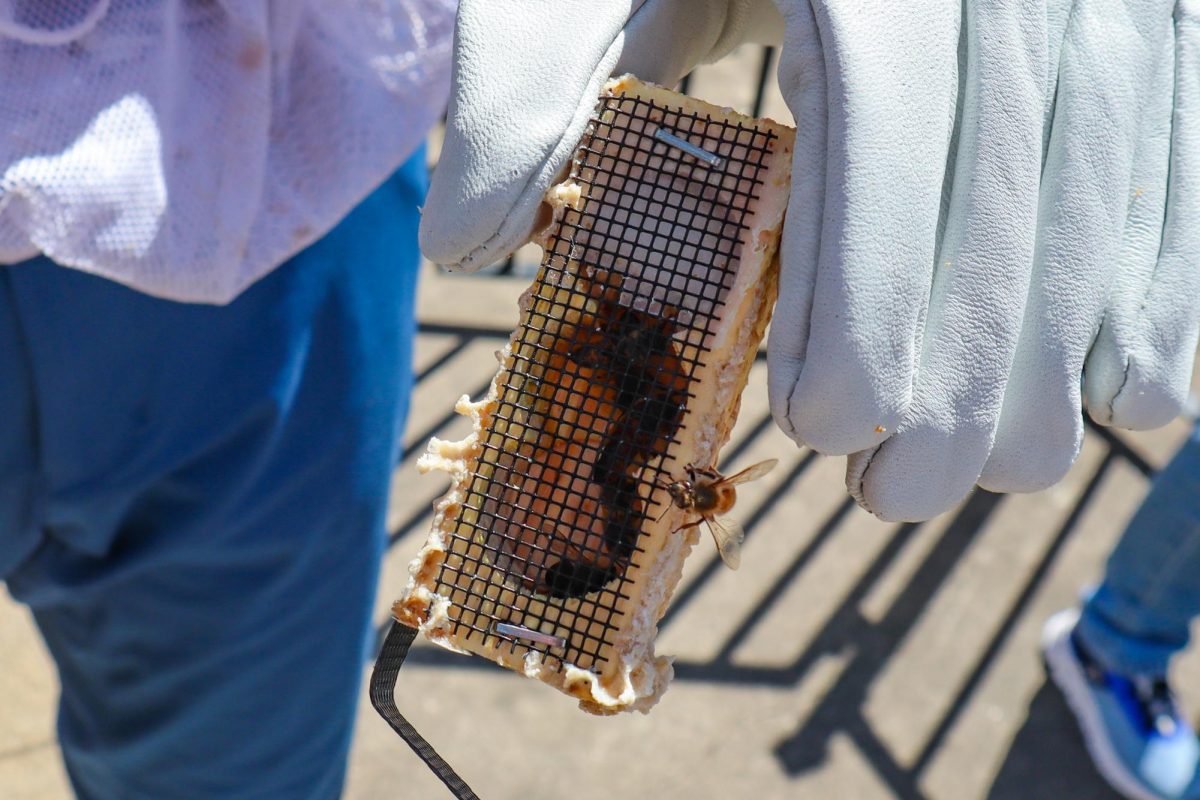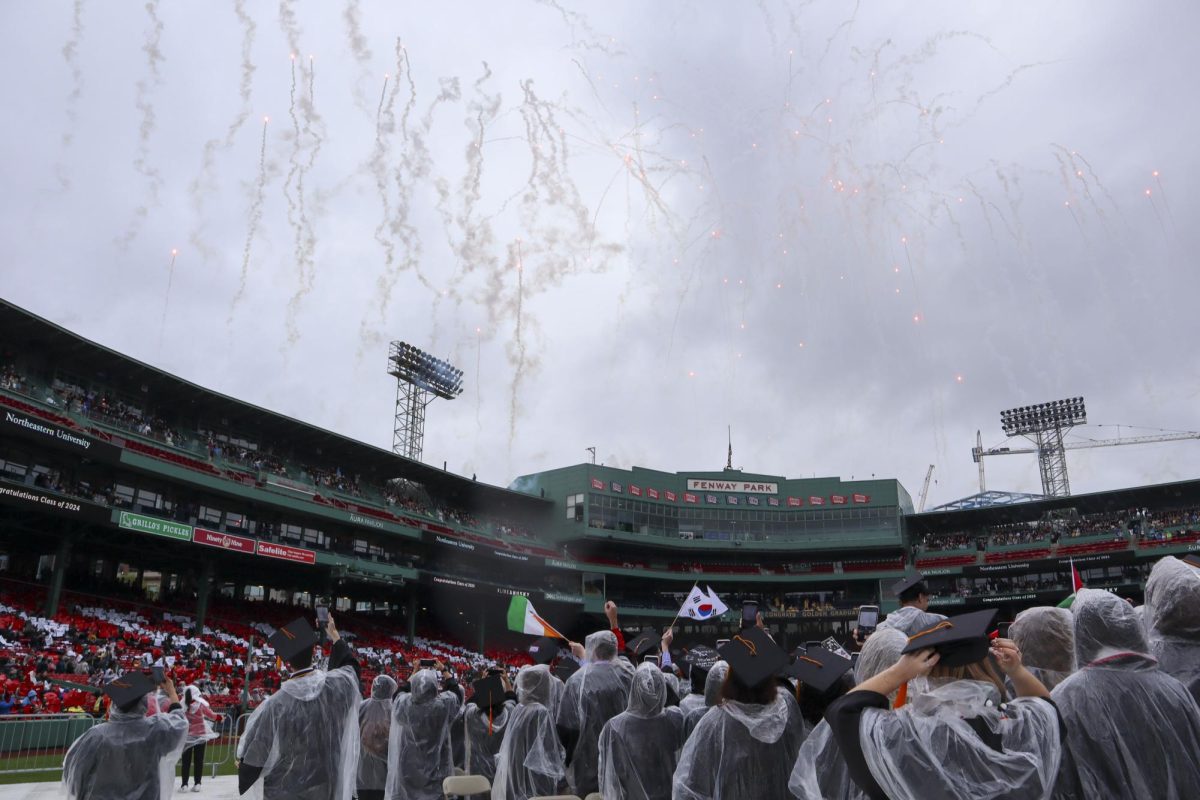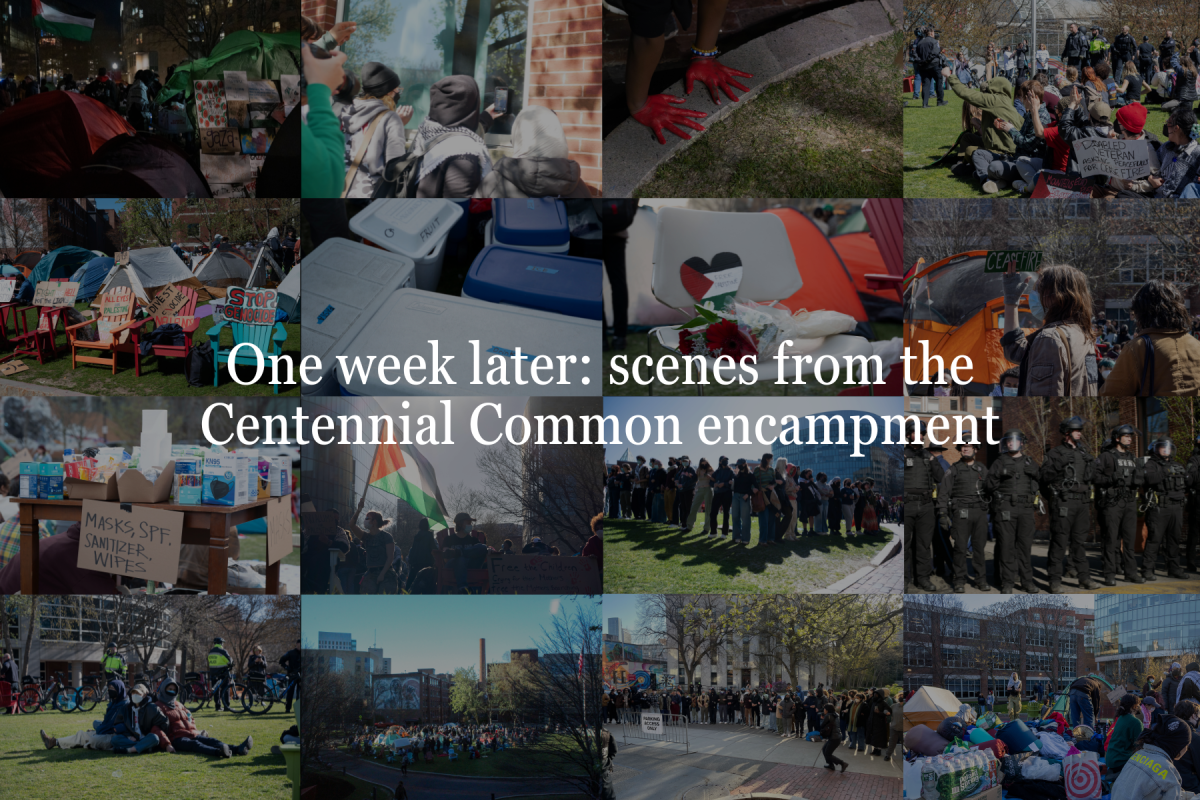By Jessica Legnos
Do Northeastern students ever wonder if they would have been happier at the University of Miami? What about the University of Hawaii? For some, these tropical temptations could not only alleviate the need for thermal underwear, but possibly prevent seasonal depression and other symptoms caused by Seasonal Affective Disorders (SAD).
The first recorded observance of seasonal disorders came in 1845, but until the 1980s they went unnamed and misunderstood. Now the National Mental Health Association has linked SAD to severely affecting five percent of the population, while slightly affecting another 20 percent.
The depression, loss of energy, weight gain, overeating, and lack of energy during the bleak winter months, attributed to SAD, are caused by an overproduction of melatonin. The National Mental Health Association found that this sleep controlling hormone is overproduced in the brain when exposed to darkness. This is why places of lower latitude are believed to be therapeutic to SAD sufferers. A student attending the University of Miami, for example, would be exposed to more light during the winter months and would decrease his or her melatonin levels.
“SAD is basically unheard of near the equator,” said Jonathan Birnberg, Ph.D., a staff psychologist at Northeastern’s Center for Counseling and Student Development. “A lot of people who have it make a trip to the equator or somewhere near it in the winter.”
While living at a higher latitude puts most at risk, students in particular have an even greater susceptibility toward the disorder. According to Birnberg, the age of onset for the ailment is in the mid-twenties.
“I think [SAD can occur] any place where there are students of this age at a high enough latitude, like Boston. You should keep your eye out for it but not worry too much,” he said. “You don’t see a tremendous amount of SAD, but you do see it.”
Women are another group that seem to be more affected by SAD. However Birnberg cautions, “[There is] some controversy around this, in that women are more depressed in general.”
According to Massachusetts General Hospital findings; the ratio of depression in women and men is 3-to-2.
So where do SAD sufferers go from here? While anti-depressants are sought out as a more traditional approach, the use of light therapy in mainstream medicine has been gaining momentum in the fight against seasonal disorders.
According to a 1998 article in the Journal of the American Medical Association, “Dawn’s Early Light to Twilight’s Last Gleamin.”, the use of light is just as effective as the use of any antidepressant pill. Light therapy is also useful in correcting jet lag or shift work strains that cause interruptions in the circadian rhythms of the human body.
Commercial light exposure lamps are said to emit 5,000 to 10,000 lux of light (approximately as much as clear, sunny day) to the retina. These light signals are transduced and sent via the retinohypothalamic tract inhibiting the pineal gland’s secretion of melatonin, the prominent causative hormone of SAD.
The commercial market has seen the growth of companies like Northern Light Technologies, which manufacture portable lamps for daily home use to fight the effects of SAD. The desk and travel lamps at Northern Light Technologies sell for $195, with replacement bulbs costing $25 a piece. The company recommends 20 to 60 minutes exposure every morning to the lamps.
Other manufacturers like the Sun Box Company sell a variety of lamps and boxes ranging from $200 to $600, and also sell more specialized items like light visors and light books for travel. The Sun Box Company claims results in approximately four days, but cautions symptoms will reoccur in most people if treatment is stopped.
Currently, the marketing of light therapy has extended beyond lamp enterprises. Pulling up to Dunkin’ Donuts and ordering a Boston creme donut and a dose of light may not be that far off. According to the Journal of the American Medical Association, Cafe Engel, a restaurant in Helsinki, Finland serves free bright light with breakfast from October to March every year.
They also found that due to higher latitudes, every university in Canada has a SAD clinic at their campus hospitals.
Despite encouraging advances, the U.S. Food and Drug Administration hasn’t fully investigated forms of light therapy, so the majority of insurance companies label it experimental and can refuse coverage. Still a minority have begun to reimburse sufferers for equipment for as much as 50, 80, and sometimes 100 percent, reports the Sun Box Company.
A study by the Clinical Psychobiology Branch of the National Institute of Mental Health has demonstrated that while light therapy is effective, it is not as therapeutic for patients as actual summer conditions.
Even if light therapy isn’t a complete cure, SAD alone isn’t as severe as other forms of depression, although many that are already depressed become worse in the winter as a result, Birnberg said.
“SAD and [chronic depression] are sort of hard things to tease apart sometimes,” he said.
Birnberg said that one way to differentiate the two is that with traditional depression sufferers seem to generally eat less and have insomnia, while SAD sufferers generally will eat and sleep more.
“SAD is sometimes underestimated,” said Birnberg. He encourages students to seek help when and if symptoms start to become a problem in their everyday lives.


